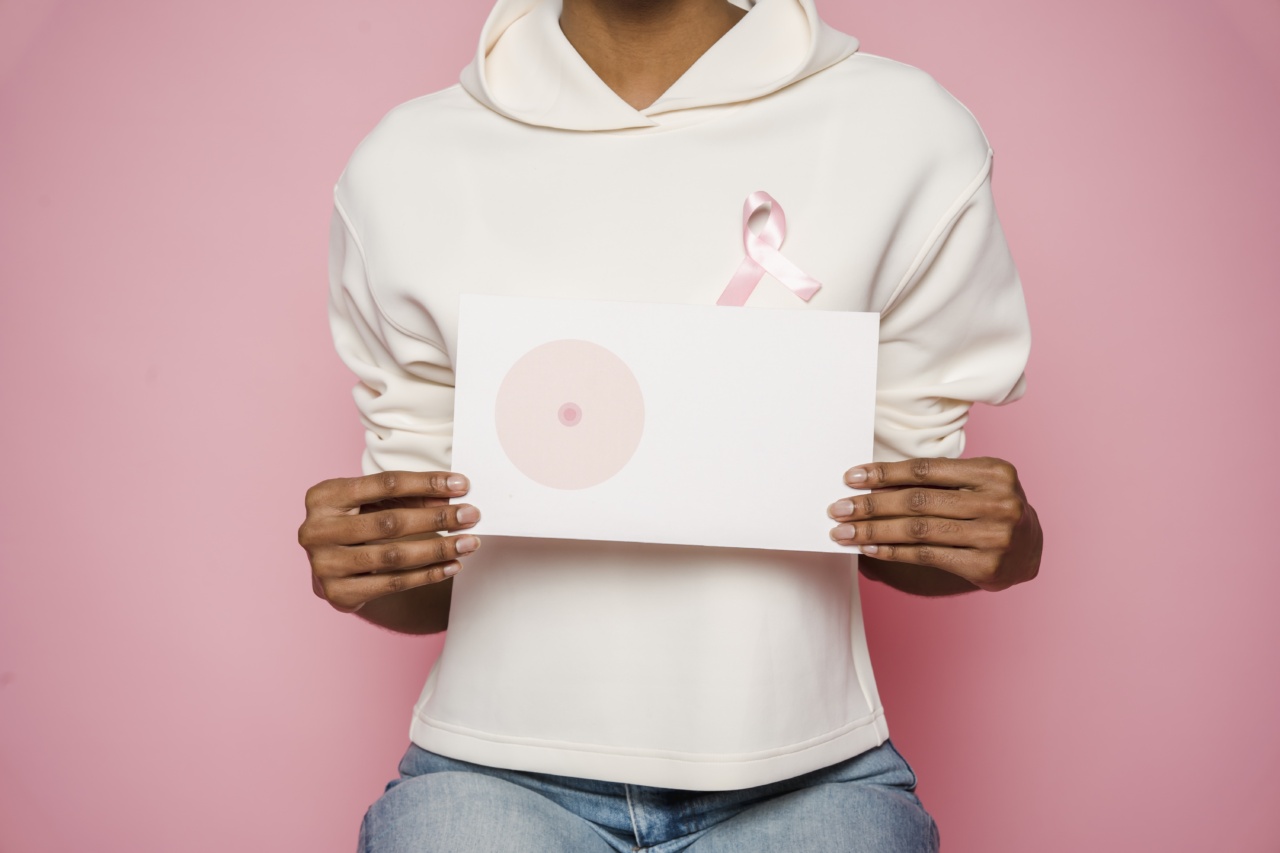Breast cancer is one of the most common forms of cancer affecting women worldwide. While advancements in early detection and treatment have significantly improved survival rates, long-term management of breast cancer remains a major challenge.
National control measures are crucial in ensuring long-term breast cancer patients receive optimal care, support, and resources necessary for improved outcomes and enhanced quality of life.
1. Early Detection Programs and Screening
Early detection plays a vital role in breast cancer management as it allows for timely intervention and improved treatment outcomes.
National control measures often focus on implementing comprehensive screening programs aimed at increasing awareness, promoting regular mammograms, and ensuring access to screening facilities across the country.
2. Improved Diagnostic Practices and Timely Treatment
An essential aspect of improving breast cancer outcomes is the availability and accessibility of accurate diagnostic tools and processes.
National control measures emphasize the adoption of advanced diagnostic techniques, such as genetic testing and molecular profiling, to ensure accurate diagnosis and personalized treatment plans. Additionally, timely treatment initiation and reduced waiting times are critical in improving patient outcomes.
3. Multidisciplinary Care and Treatment Centers
Breast cancer management requires a multidisciplinary approach involving various healthcare professionals, including surgeons, oncologists, radiologists, and psychologists.
National control measures prioritize the establishment of specialized breast cancer treatment centers that offer comprehensive care under one roof. These centers facilitate collaboration among different specialists, thereby improving coordination of care and patient outcomes.
4. Health Education and Awareness Programs
Empowering breast cancer patients and the general population through health education and awareness initiatives is a key national control measure.
These programs aim to increase knowledge about breast cancer prevention, risk factors, symptom recognition, and self-examination techniques. Enhancing public awareness helps in early detection, reduces delays in seeking medical help, and subsequently improves outcomes.
5. Supportive Care and Survivorship Programs
Breast cancer management extends beyond medical treatments. National control measures underscore the importance of providing comprehensive supportive care services to long-term breast cancer patients.
This includes psychological support, counseling, rehabilitation services, survivorship care plans, and survivorship clinics. These programs help address the physical, emotional, and social challenges faced by breast cancer survivors, improving their overall quality of life.
6. Research and Innovation
National control measures also focus on fostering research and innovation in the field of breast cancer to drive advancements in treatment modalities and improve outcomes.
Initiatives supporting research collaborations, clinical trials, and translational research help in identifying new therapeutic approaches, targeted therapies, and personalized medicine strategies for long-term breast cancer patients.
7. Quality Metrics and Performance Evaluation
Monitoring quality metrics and evaluating the performance of breast cancer care services is critical to ensuring optimal outcomes.
National control measures may involve the implementation of standardized national databases, benchmarking, and performance evaluation systems. These tools enable healthcare providers to identify areas for improvement, track progress, and learn from best practices, ultimately leading to improved patient outcomes.
8. Access to Affordable Treatment and Medications
Ensuring equitable access to affordable breast cancer treatment and medications is a priority in national control measures. Strategies may involve price regulation, insurance coverage expansion, and initiatives to reduce medication costs.
Addressing financial burdens associated with breast cancer care can significantly improve patients’ adherence to treatment protocols and reduce barriers to optimal outcomes.
9. Collaboration with Patient Advocacy Groups
Engagement with patient advocacy groups is crucial for effective national control measures. Collaborating with breast cancer survivors and advocacy organizations helps in gaining insights into the unique challenges faced by long-term patients.
These partnerships facilitate the development of patient-centered policies, survivorship programs, and support services tailored to the specific needs of breast cancer patients.
10. Continuous Professional Development and Training
Continuous professional development and training programs for healthcare providers are essential national control measures for improving breast cancer outcomes.
Keeping clinicians updated with the latest advancements, treatment guidelines, and best practices ensures that patients receive optimal care throughout their long-term breast cancer journey.






















